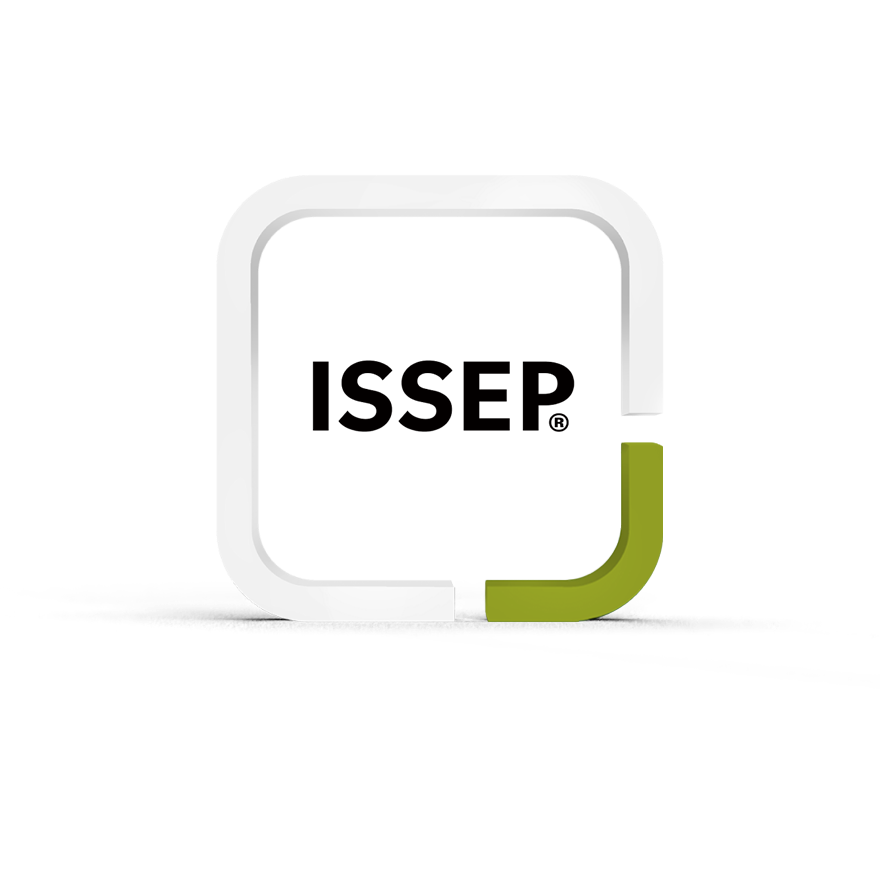Course Overview
The CSSLP course is specifically designed for individuals involved in software development, including software developers, engineers, architects, project managers, and security professionals. It aims to equip participants with advanced skills and knowledge in software security, enabling them to effectively address security challenges throughout the SDLC.
During the CSSLP course, participants delve into the best practices and principles for developing secure software. They learn about secure coding techniques, secure architecture and design, secure testing methodologies, and secure software maintenance strategies. Emphasis is placed on understanding and implementing security controls, risk management, and security awareness within the software development process.
One of the primary goals of the CSSLP course is to teach participants how to integrate security measures seamlessly into every phase of the SDLC. By instilling this security-focused mindset, the course aims to foster a proactive approach to software security, preventing vulnerabilities and mitigating risks before they can be exploited.
Upon successful completion of the CSSLP course, participants can earn the CSSLP certification, which is globally recognized and highly valued in the software development industry. This certification serves as tangible evidence of an individual’s expertise and proficiency in software security. It enhances their professional credibility, opening doors to new career opportunities and potentially leading to higher earning potential.
Target Audiance
- Application Security Specialist, IT Director/Manager, Penetration Tester, Project Manager, Quality Assurance Tester, Software Procurement Analyst.



 4.8
4.8


